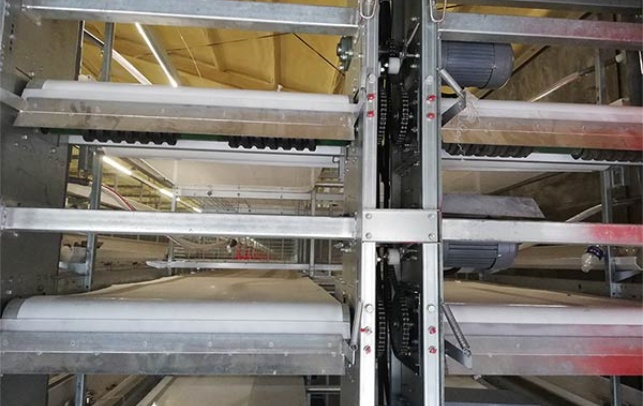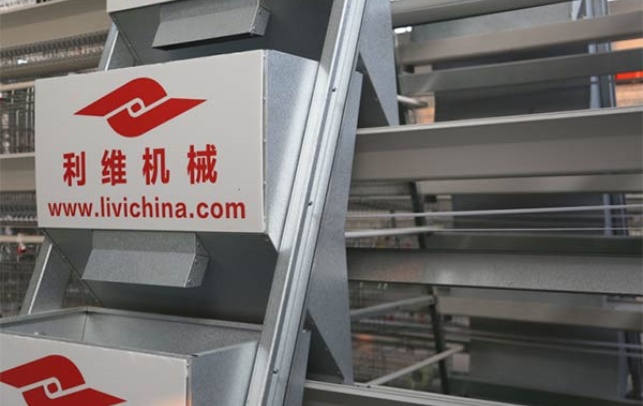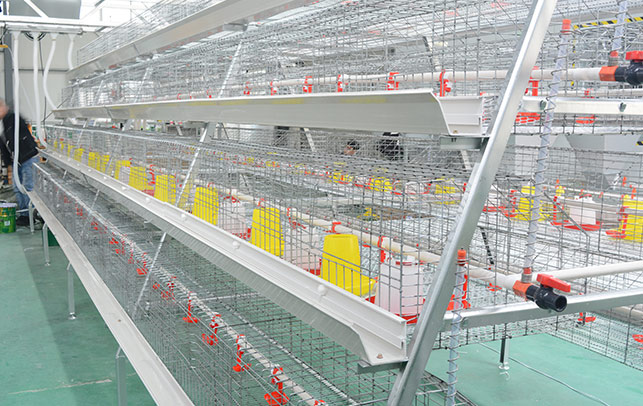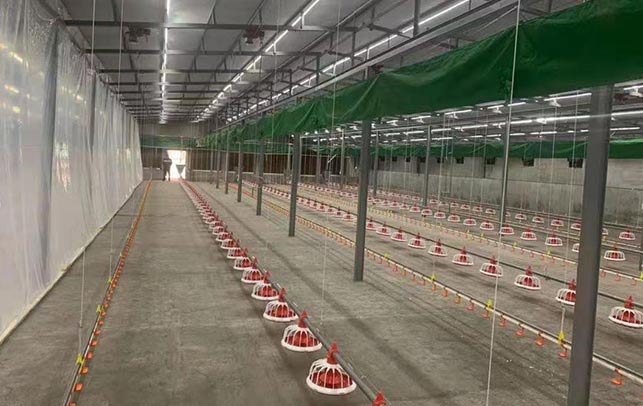Integrated Poultry Farming Guide in Rwanda
Time : 2024-08-16
Poultry farming in Rwanda presents a viable opportunity for entrepreneurs and farmers seeking to venture into the agricultural sector. With an increasing demand for poultry products such as eggs and meat, this sector offers potential for substantial economic growth and sustainability. This guide provides an in-depth look at integrated poultry farming, which combines different poultry activities such as rearing broilers, layers, and sometimes other birds like turkeys and ducks, to maximize productivity and profitability.
Essential Steps to Start Poultry Farming in Rwanda
Before delving into integrated poultry farming, it’s important to understand the basic requirements and steps involved in setting up a successful poultry farm in Rwanda. These include:
- Business Planning: A comprehensive business plan that outlines your niche, scale of operations, target market, and financial projections is crucial. This plan will guide all your farming activities and can be pivotal when seeking financing.
- Site Selection and Setup: Choose a locati0n that is easily accessible, away from predators and high noise levels, and suitable for poultry farming. The site should have good ventilation, ample light, and be secure against diseases.
- Regulatory Compliance: Ensure compliance with Rwanda’s agricultural and health regulations. Register your farm with the relevant local authorities and obtain necessary permits and licenses.
- Procurement of Birds: Source healthy chicks from reputable suppliers. Ensure that the breeds you choose are suited for the Rwandan climate and your specific farming goals (e.g., broilers for meat or layers for eggs).
- Feeding and Nutrition: Invest in high-quality feed and supplements to ensure healthy growth and high productivity of your poultry. Proper nutrition is key to profitability in poultry farming.
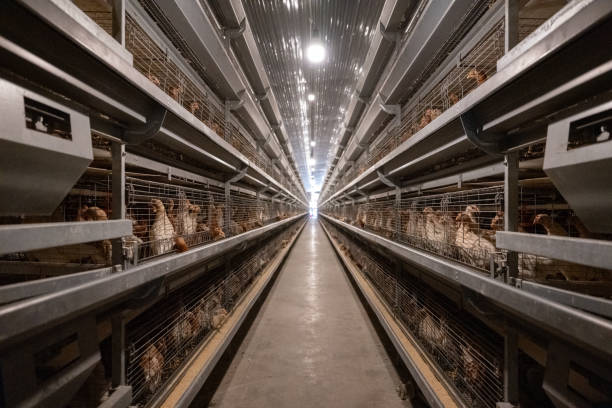
Integrating Different Poultry Activities in Rwanda
Integrated poultry farming involves more than just managing multiple types of birds. It requires a strategic approach to resource utilization, disease management, and maximizing output. Here’s how you can integrate various aspects of poultry farming:
- Diversification: Incorporate different poultry species and breeds to cater to various market needs and enhance risk management. For example, while broilers may be raised primarily for meat, layers can provide a steady income through egg production.
- Resource Sharing: Utilize resources such as labor and equipment efficiently across different poultry activities. Shared use of feed storage facilities, incubators, and even waste management systems can reduce costs and improve profitability.
- Health Management: Implement a unified health management strategy that includes regular vaccinations, biosecurity measures, and monitoring of all birds. Integrated farms must manage the risk of disease transmission between different types of poultry carefully.
- Marketing Strategy: Develop a comprehensive marketing strategy that addresses the different products from your farm (e.g., meat, eggs, possibly feathers). Effective marketing can help stabilize income across different production cycles.
Challenges and Solutions in Poultry Farming in Rwanda
While poultry farming can be highly rewarding, it also comes with its set of challenges. Key challenges and their solutions include:
- Disease Control: Diseases can devastate your poultry business. Implement strict biosecurity measures, regular health checks, and proper vaccinations. Educate yourself about common poultry diseases in Rwanda and how to prevent them.
- Feed Cost Management: Feed constitutes a major part of operational costs. Explore options like bulk purchasing of feed or production of your own feed to control costs.
- Market Fluctuations: The market for poultry products can be volatile. Diversify your product range and develop contracts with buyers to mitigate this risk.
- Skill Development: Poultry farming requires specific skills in areas such as feed management, health care, and breeding. Regular training for you and your staff can enhance efficiency and productivity.
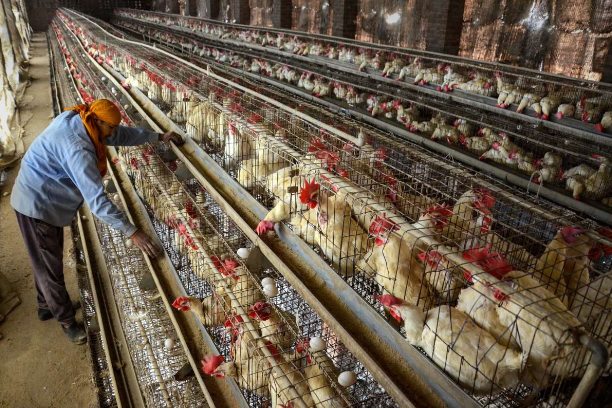
Sustainable Practices in Poultry Farming in Rwanda
Sustainability in poultry farming not only ensures long-term profitability but also minimizes environmental impact. Consider the following sustainable practices:
- Waste Management: Implement effective waste disposal and recycling strategies. Poultry waste can be converted into compost which can be used or sold as fertilizer.
- Water Conservation: Use water efficiently and consider setting up systems to recycle water on your farm.
- Renewable Energy: Explore options such as solar panels to reduce energy costs and promote sustainability.
- Local Breeding Programs: Participate in or establish breeding programs that enhance the genetic qualities of local poultry breeds, which are often more adapted to the Rwandan environment.
In conclusion, integrated poultry farming in Rwanda offers a pathway to diversify agricultural activities and increase efficiency through resource sharing and strategic management. By understanding and implementing the guidelines provided in this guide, potential and existing farmers can enhance their operations, navigate challenges effectively, and ensure the sustainability and profitability of their poultry farms.






